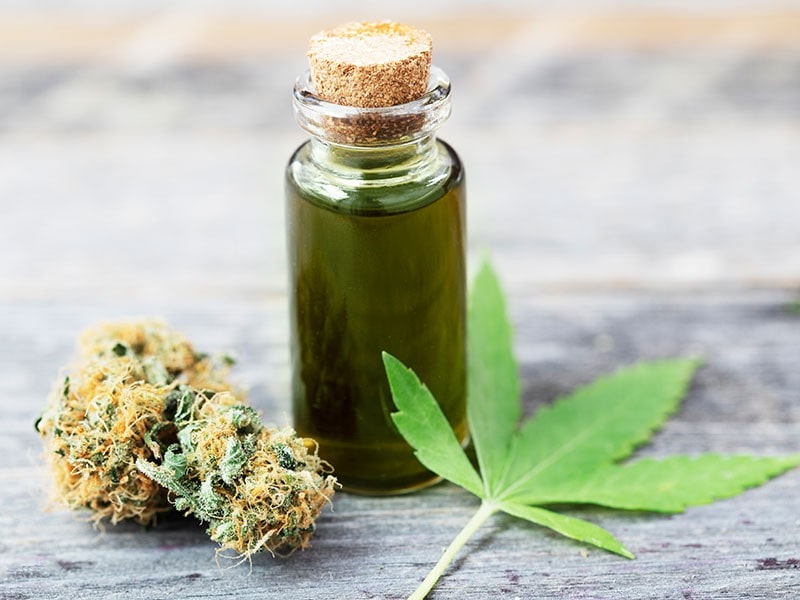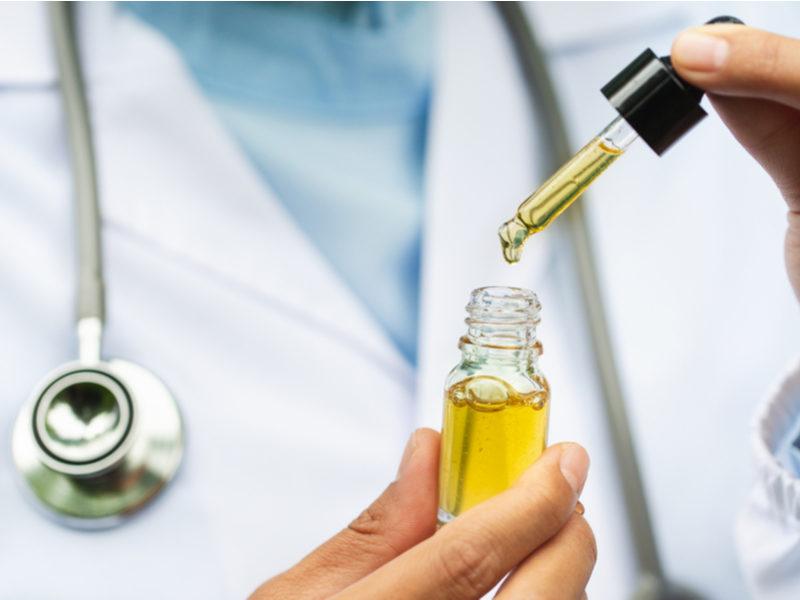Cooking with CBD at Home

Cannabidiol is a remarkable cannabinoid with a host of benefits, and adding CBD to your favorite recipes is one of the best ways to enjoy its versatile effects. Read on to find out more about cooking with CBD.
Over the past couple of years, CBD has become a multi-billion dollar business. And rightly so; as this non-psychoactive compound derived from hemp could have some potential as a wellness supplement.
If you want to take advantage of its potential benefits, cooking with CBD could be an interesting option for you.
Cooking with CBD: how does it work?
CBD, like many other hemp compounds, is fat-soluble. And since we almost always use some kind of fat for cooking, adding CBD to your favorite recipes is very simple. Infuse your edible oils or fats, like olive oil or ghee, with CBD, and use them to liven up your favorite savory dishes (like sauces, stews, or dressings), or use more neutral fats, like coconut oil, to add to your favorite sweets.
Here are some tips to get you started cooking with CBD.
Cooking with CBD oil
Many of the CBD oils on the market today are made by diluting a CBD extract (from CBD-rich strains of hemp) in vegetable oil (most manufacturers use olive or coconut oil as a carrier). Incorporating these oils into cooking is very simple, but since cannabinoids degrade with heat, you’ll want to avoid exposing your CBD oil to high temperatures. It is best to add it to dishes at the end of the cooking process, or to cold foods mid-preparation.
Always use a quality CBD oil
If you’re thinking about cooking with CBD oil, make sure you always use a quality product made by a reputable company. CBD oils made with poor quality ingredients or through poor processes may not only be less effective, but could also contain traces of pesticides, contaminants, bacteria, fungi, and other compounds that you definitely don’t want to ingest either.
Cooking with CBD buds
When cooking with CBD buds, you’ll first need to decarboxylate them (detailed instructions below). This process converts compounds like CBDA, THCA and other cannabinoid acids that are present in live hemp into the compounds we most often associate with hemp (CBD, THC, etc.).
After decarboxylating your buds, you will need to extract their compounds into a carrier oil or fat that can be used for cooking. Most people use butter or olive/sunflower oil, but you can use any edible fat you prefer. Just simmer the decarboxylated buds in the edible fat of your choice for about 3 hours, strain the mixture, and let it cool before adding it to your recipes.
- Decarboxylation is key
As we have already mentioned, decarboxylation consists of activating the compounds that are naturally present in hemp buds. Without getting too technical, the heat used in this process helps transform carbon bonds into compounds such as cannabidiolic acid (CBDA) and other precursor chemicals for CBD, THC and other cannabinoids.

When we smoke or vaporize hemp, decarboxylation occurs automatically when we light the device or light the joint or bowl on fire. However, when it comes to cooking, we must assist in the process to achieve the desired effects with our dishes. The best way to do this is to lightly grind the CBD buds, spread them out on a baking sheet, and bake them at about 110-120°C for 30-40 minutes. You will know your buds are decarboxylated when the kitchen starts to smell like pot.
What are the advantages of cooking with CBD?
You may be wondering why you should bother taking the extra step of cooking with CBD if it can also be consumed orally. The answer is complicated and has to do with how our body processes CBD depending on how it is administered.
CBD oil is usually taken sublingually, a method in which it is absorbed through the mucous membranes inside the mouth. CBD from home or commercial edibles, on the other hand, is absorbed in the digestive tract. Both sublingual administration and ingestion of CBD are two effective ways to take advantage of the unique benefits of this compound. However, the different methods of administration cause our body to absorb CBD in a slightly different way, and may be more suitable for different situations.

